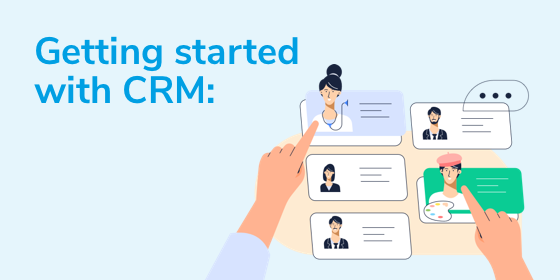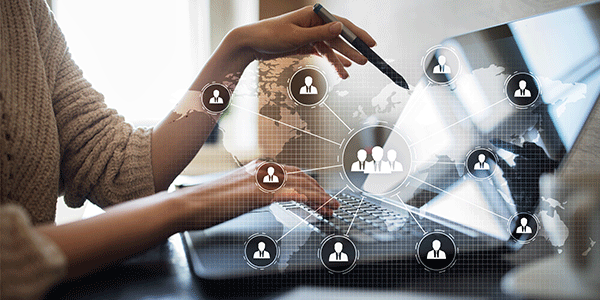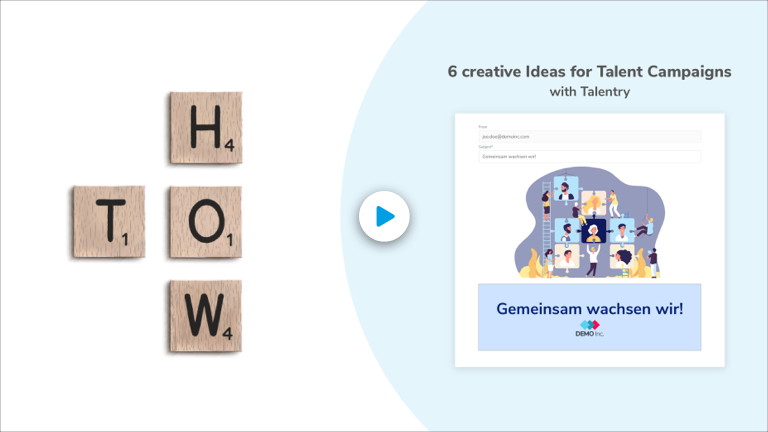Talentry Explainer: What is gamification?

Where does the term gamification come from and what does it mean? What are the ways of increasing motivation within a company in a gamified way? What does a reward system cost and what effect do gamification apps have on employee referrals? We have the answers.
Contents
2. What areas are suitable for gamification?
3. Reward and motivate employees through gamifciation
4. What are the benefits of gamification for employee referrals?
5. How expensive is an employee reward scheme?
6. Team incentives are one of the most popular rewards
7. What should employers pay attention to when they introduce a gamification scheme?
Jump directly to our How-to video "Gamification with Talentry"
Gamification is …
…the use of gaming features and elements in a non-game context with the aim of influencing people's behaviour in a positive way and increasing motivation. The main game design elements used, such as high scores, leader boards, reward and experience points, avatars, progress bars, levels, rankings, virtual awards and trophies, come from computer and video games.
How does gamification work? The gamification approach exploits our gaming instinct and the typical human need to compete with others, learn new things and improve our own skills by rewarding good performance. While gamification elements make the task itself more interesting and varied, the reward principle encourages greater participation and employee engagement.
What areas are suitable for gamification?
Gamification was first used in advertising and entertainment. In the meantime, the principle has not only enjoyed great success in education (edutainment, gamified e-learning), but also in a wide variety of areas such as health & fitness, shopping and crowdfunding, to name but a few examples of gamification. It has also become an integral part of corporate strategy. Companies often use gamification techniques in the following areas:
- marketing, e.g., to increase the time spent on websites and to win new customers
- corporate learning to improve motivation and the learning experience/effect
- recruitment to test an applicant's skills and optimise the candidate journey
- employer branding to encourage employees to act as ambassadors and referrers
- sales to improve results through friendly internal competition
- product development for improving customer loyalty
- health management to improve employee fitness
Reward and motivate employees though gamification
Motivated employees are more productive, more loyal to their employer and enjoy their jobs more overall. In gamification, incentives that lead to rewards have been proven to increase motivation. They can be used in many ways. Whether by selecting the "team of the month" or rewarding employees who have taken the stairs rather than used the lift or cycled to work. What is important is the voluntary involvement in gamified competition. Colleagues who do not wish to or are unable to participate or have not been able to achieve the desired success, should not feel any less valued. A competition or quest open to everyone in the company is therefore more suitable for "team disciplines". With a points system and individual rewards, employees can also be rewarded for individual efforts and motivated without it becoming "public knowledge".
What are the benefits of gamification for employee referrals?
An employee referral programme is only successful if employees actively participate in it. To ensure this in the long run, benefits that are offered for successful referrals can be an important long-term motivator to increase engagement. For example, with gamification, employees can collect points for sharing job postings or recommending suitable candidates. Once the number of points has reached a certain level, the employee can redeem his or her points for a reward. Digital employee referral programmes, such as Talentry, support these types of micro-rewards through a reward shop individually configured by the company. By rewarding the efforts of your employees in the referral programme upfront, rather than only after a successful hiring resulting from an employee referral, you create a strong incentive to regularly share vacancies in social media networks such as LinkedIn and Xing and significantly increase your recruitment reach in the process.
How expensive is an employee reward scheme?
This mainly depends on the rewards, of course, but also on the system itself. How time-consuming is it to maintain the rewards shop and manage employees' points accounts? Many employers also fear the abuse of the gamification programme by a few rotten apples among the employees and - associated with this - an explosion in costs due to uncontrolled redemption of points. Here it is advisable to rely on gamification platforms that are equipped with an automatic control mechanism for fraud prevention and offer the possibility to set individual point limits. A controllable rewards system always guarantees full cost control and prevents misuse.
Team incentives are one of the most popular rewards
You do not need to worry about rewards having to get bigger, more lavish and, above all more expensive over time, in order to motivate your employees to make referrals time and time again. Instead of promising large monetary amounts to the referrer only after a successful new hire, smaller rewards that are reached more quickly have proved much more effective. For example, this could be an extra day's holiday or a voucher for a spa visit, Amazon, travel, a tank of petrol, a restaurant visit or what ever your employees enjoy. Team incentives are by far one of the most popular rewards in gamification schemes. A win-win situation for employers and employees because when colleagues enjoy something together, the company benefits from the long-term team building effect. Breakfast together, a high-ropes course, escape room, cookery course – a shared experience not only encourages other employees to achieve the same for their team, it provides perfect content for your employer-brand communication.
🎥 How to Gamification with Talentry - explained in 85 seconds:
What should employers pay attention to when they introduce a gamification scheme?
#1 Clear and simple game mechanics
Simple and transparent gamification design is important for active participation and long-term motivation of employees. It is best to make the rules (points system and rewards) accessible to everyone in an appropriate place to clear up any possible ambiguities, e.g., online and/or via a mobile app. Easy to understand, step-by-step instructions increase colleagues' willingness to participate.
#2 Motivational goals & rewards
Scientific studies show that two aspects are crucial for motivation: the perceived reachability of the goal and the perceived challenge of the goal – in combination. This means that employees should not be discouraged by goals that are set too high or appear unreachable. On the other hand, an easy goal does not arouse people's competitive instinct and motivate them to participate. Breaking down seemingly difficult, long-term goals into milestones and rewarding these individual stages ensures that motivation does not get lost along the way.
#3 Appropriate range of rewards
When rewarding good performance, the value of the reward does not necessarily matter. It is more important that the type of recognition fits your corporate culture and values of your employees. People who use carsharing schemes will not be incentivised by a petrol voucher. Use a staff questionnaire to find out what really motivates people in your company. Your reward shop should be as diverse as your workforce.
#4 Be careful with rankings
Try to avoid rankings in gamification or only use them for team challenges. This type of direct, open competition can otherwise quickly lead to envy and discontentment between colleagues - and create problems with data protection. If an employee pursues his or her goal independently of colleagues, the personal score should be private and not seen by others.
Conclusion
Gaming elements and a transparent reward system can inspire employees to perform better, improve employee loyalty and retention and strengthen team spirit. They also motivate employees to make recommendations in and from their personal networks. Instead of promising monetary incentives for difficult to reach goals, individual activities should be rewarded along the way. This way, colleagues remain committed to the task at hand thanks to an instant sense of achievement. The gamification strategy and programme must fundamentally fit the company culture, be voluntary and take into account that motivation is always individual. Not every colleague values the same rewards. Diversity and feedback from your own employees help to reward people individually. This is less about expensive incentives and more about the direct reward effect.
Learn more about boosting your employee referral scheme with Talentry and Gamification!





.png)


